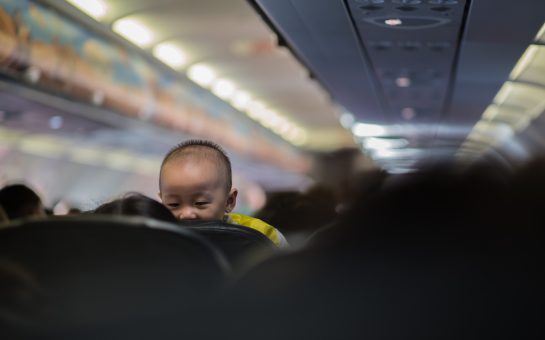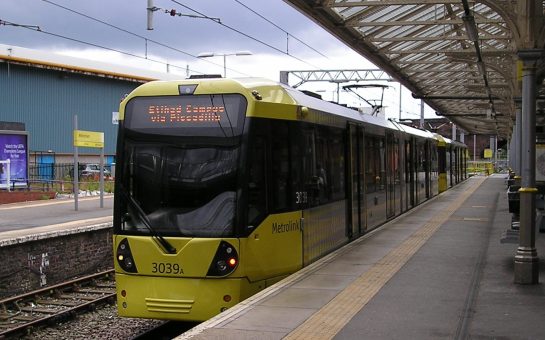Passengers arriving into the UK could reduce the length of their mandatory isolation period by purchasing a test from private providers.
The Government’s ‘Test to release’ scheme aims to address the dilemma that many people face around the restrictions to international travel and the requirement to self-isolate upon return.
Currently, any passenger travelling to the UK from a country that is not on the travel corridor list would have to self-isolate for 14 full days upon arrival.
Transport Secretary, Grant Shapps, said: “Our new testing strategy will allow us to travel more freely, see loved ones and drive international business.
“By giving people the choice to test on day five, we are also supporting the travel industry as it continues to rebuild out of the pandemic.”
The Government hopes that the new system, in place from December 15, will encourage people to book international travel more confidently, with the knowledge that a negative test result could squash their self-isolation period by more than a week.
In order to opt-in to the scheme, passengers must book a test through the gov.uk website before arriving into the UK, and fill in a passenger locator form.
According to the guidance, passengers must wait until five days after re-entry to take the test and must self isolate until the result is confirmed.
If the result is negative, passengers will be free to end their self-isolation period and return to following domestic Government guidance.
Although the cost of a test is not yet confirmed, and is likely to fluctuate based on provider, early predictions suggest a test could cost £100 or more.
The launch of the ‘Test to release’ scheme was also accompanied by a pledge of additional financial support for commercial airports, and ground staff.
The Chancellor of the Exchequer, Rishi Sunak, said: “This new package of support for airports, alongside a new testing regime for international arrivals, will help the sector take off once again as we build back better from the pandemic.”



